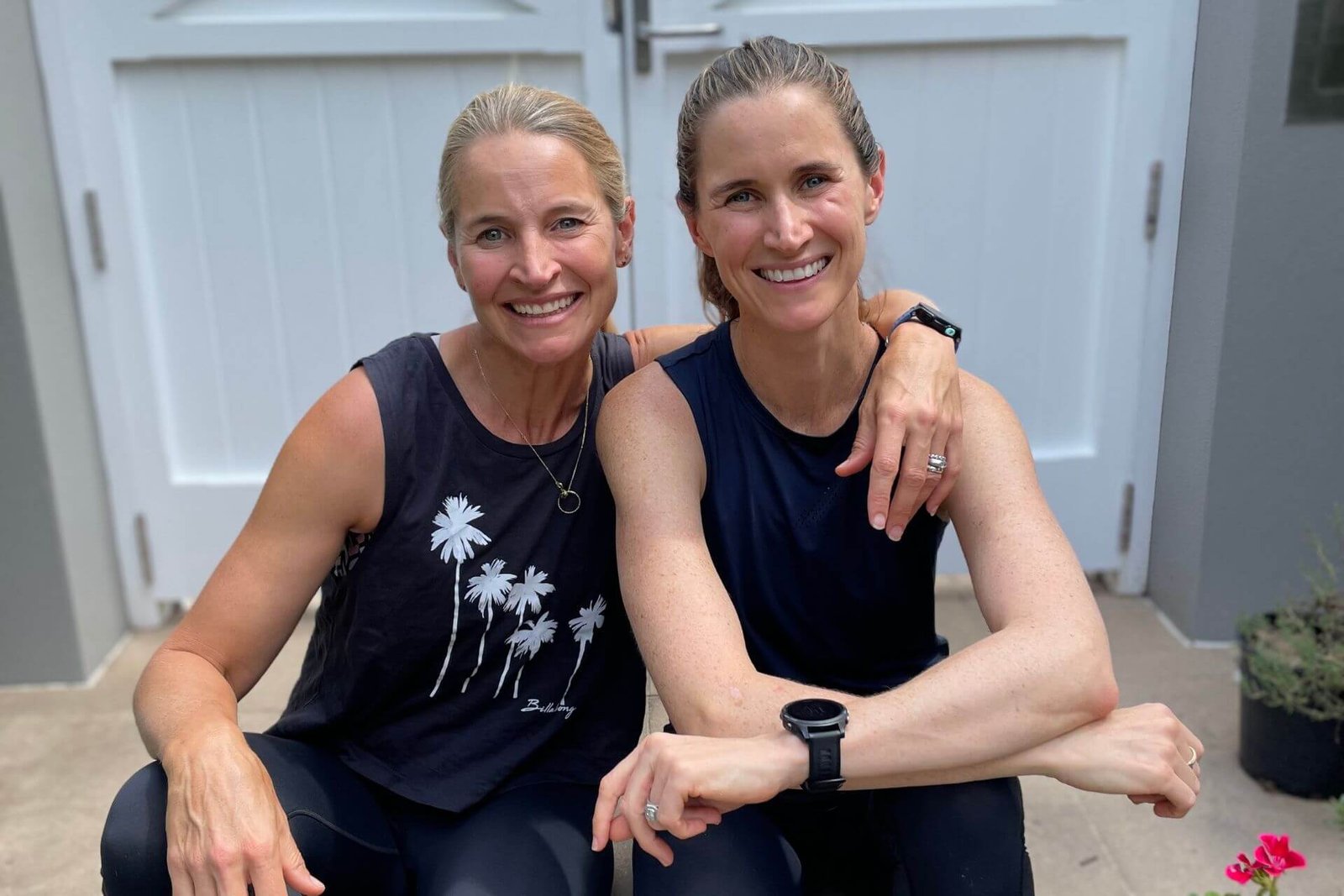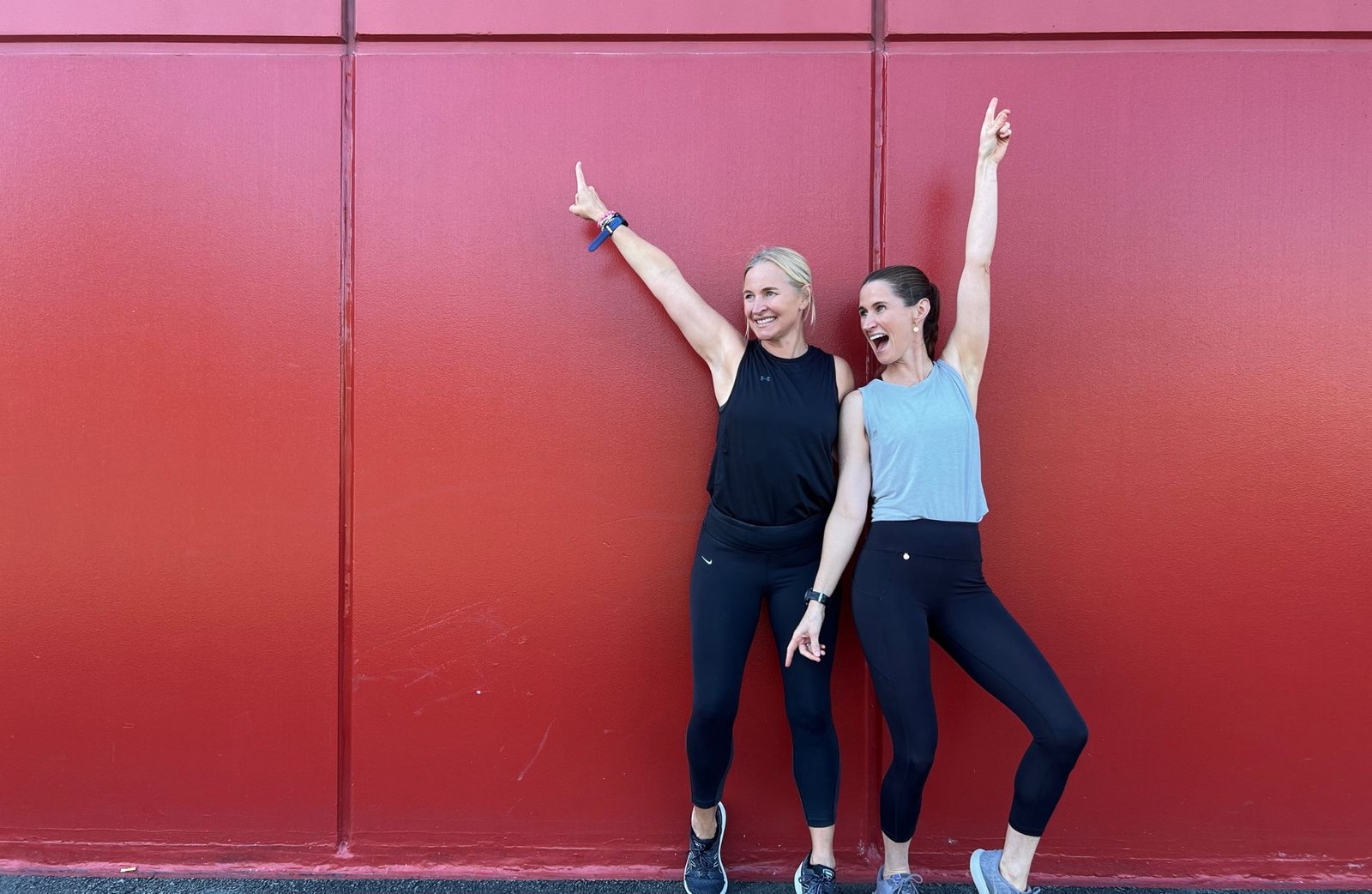There is a lot of talk about the Core (restoring your Core, even Core Restore 😉 ) these days but we have found that that doesn’t mean that people understand it! Your core is such an important element of your overall health. It really forms the foundation for your physical health in terms of support, stability, function, form and injury prevention. For our mummas, your core stability and function takes on a whole new meaning during pregnancy and well into your post natal days. Then you bring the diaphragm and breath into the Core equation (and you should!), we start talking more into the emotional, mental and spiritual space, so you can see how all-encompassing the Core is and just how vital it is for your health! So, let’s dive into it and get you skilled up on the Core speak….
Your Core
Let’s kick it off with some real basics…did you know?
- Your core muscles together form a cylinder-like shape through your midsection and is simplistically made up of a top a bottom and 4 sides – including the multifidus (at the back), rectus abdominus (to the front), pelvic floor (forms the base) and the diaphragm (at the top). This cylinder supports your spine like a protective corset.
- The core and pelvis is further comprised of and supported by the obliques (internal + external muscles on the side of our abdominal), transverse abdominis (deepest “corset” abdominal layer), quadratus lumborum (lower back) and the glute (bum) muscles.
- ALL of the aforementioned muscles need to be working together as a well synchronised team and continually “speaking” with one another to be functioning optimally.
- When active and functional, your core provides support, absorbs impact, manages internal pressure and can handle load – just as it was designed to.
- However, if the core is weak, your back and other parts of your body will be moving and working in ways they are not designed for – putting you at greater risk of injury or complication.
- Instability in the hips and core, can lead to neck, knee and even ankle pain. Yes, really!!
- You need to activate and train your core from the inside out. Focussing on the outside (or just the aesthetics!) will help you strengthen the bigger external muscles, but these muscles are not built for the ongoing stability and support we need. It is the deeper, internal layer of muscles (including transverse abdominals “corset” and pelvic floor) that we really need to target.

Why might my Core be unstable or dysfunctional?
There are a myriad of reasons as to why your core might not be firing on all cylinders, but some of the more common ones are:
- Obviously pregnancy and childbirth have huge impact on our core musculature. The abs are stretched as the baby grows throughout the pregnancy. The weight of the baby and a natural birthing process increases the downward pressure on our Pelvic floor. A c-section procedure will completely disconnect the nerve endings through your abdominal wall thus effectively shutting down those lines of communication between the core muscles. To accomodate the growing baby our posture changes – our pelvis tilts, our lower back sways and our hip muscles are compromised (to name but a few). Post baby we need to actually rewire these muscles to re-ignite them;
- Our increasingly sedentary lifestyle – more time sitting, less time ‘doing’ and using our muscles – the Core muscles simply switch off.
- Peri-Menopuase into Menopause manifests with decreasing oestrogen levels (among other hormonal changes) which can lead to a decline in muscle mass and connective tissue strength (including the PF!). This in itself can compromise the PF, without you having to do anything!
- Athletes – up to 80% female athletes (professional or not) will experience some form of PF dysfunction. You might not be competing in the Olympics but if you are a committed, regular exercise goer, then you could be increasing your chances of some dysfunction by the mere repetition of the pursuit and continual use of your less desirable core engagement strategies.
- Toileting habits – if you do not evacuate or pass stools easily, find yourself straining on the toilet or suffer from constipation – you are creating a build-up of internal abdominal pressure and thus likely compromising your core musculature and support system.
How do I know if I have Core instability?
Core instability can take on many forms (some minor, some more serious), however, if you experience any of the following symptoms you likely have an issue with the function of your core system and thus stability:
- Increased injuries, aches and pains;
- Lower back pain – this can be in the form of dull, aching pain following movement; or a sharp, severe pain; difficulty staring up following period of bending over or even impaired single leg balance;
- Poor posture – The smaller muscles of the Core system combine to hold your spine and pelvis in place. If these muscles are weak, your body will be unstable, and you won’t be able to sit or stand erectly for more than a short period. Instead, you’ll habitually assume slouched, slumped positions, which in turn will strain your muscles. Only those with strong cores can maintain a healthy posture for long periods. This one is often connected with the symptoms above.
- Poor balance -Your core muscles stabilize your entire body, so a weak core will affect your ability to balance.
- General weakness. Muscular weakness in any part of the body can be a sign of an inadequate core. Since the core provides needed stability for almost all movements, weakness in the arms and legs may be a manifestation of core weakness. For example, such actions as punching, throwing, and kicking all depend on core muscles.
- “Collapsing” sensation when performing exercise eg running or landing – your core ‘collapses’ into your pelvis. The stability and form of the Core musculature is just not there and you find yourself ‘sitting into’ your pelvis, rather than lifting up and out of the pelvis.
- Less power in your movement – while the Core provides the necessary stability, it allows the body to exert force outside itself. If the core musculature is compromised, it is much harder to exert the necessary power e.g. punching, kicking a ball, This is also closely linked to the balance point made above.
What about Core dysfunction more common in pregnancy and childbirth?
- Prolapse: can be recognised as pressure, pain or feeling of bulging/ weight in vagina; occasional incontinence; issues toileting (difficulty in managing full evacuation, straining etc); aching in the lower back/pelvis
- Overactive Pelvic Floor: can be recognised as painful sensation during sex or when inserting a tampon, PF muscle spasm, issues toileting, inability to “relax” the PF;
- Hernia: This could be in any of the following: Groin, thigh, belly button (most common during and following pregnancy), surgical
- Lower back issues: more complicated lower back issues like hernia or bulging/slipped discs
If you are experiencing any of the above we ALWAYS recommending seeking professional advice and we are happy to give you guidance on this level – so don’t hesitate to drop us a line!
Ok, I see myself here, but What do I do now? Enter Core Restore…
If you recognise any, a few or even of lot of the above symptoms, please do not stress! BUT it does sound like your Core needs some work. Luckily, the core like all other muscles is able to be trained. But, due to its recent inactivity or conscious focus, we need to rewire these muscles and ensure that we are getting the right muscles firing away to support us in the way they were designed to. Let’s face it – even with a less than ideal core, we are still managing to get around every day – your body is brilliant at adapting!!! But in this case, following your pregnancy or your inactivity, it has recruited other muscles to take over. They are not protecting you in the same way and are leaving you open to injury while still ensuring that you are able to go about your biz.
So our job now is to fire up all the ‘right’ muscles and we need to go deep. Restoring the core begins from the inside out.
Finding and activating these muscles can be a tricky task! We always recommend that you visit a specialised Women’s Health Physio (or similar) who can perform an ultrasound or simple internal examination to ensure that you are activating the muscles that you are targeting – most specifically the pelvic floor and transverse abdominis. Did you know that over 50% women are NOT activating the PF properly – even when they felt that they were!? This incorrect activation can actually be doing more damage to your PF and core system, so get it checked, ladies!
If you would like to know more and are keen to join us for one of our CR workshops, email us at hello@soulsisterhealth.com.au. For more information, check out some of the more popular FAQs here and more detailed programming info here.
Anna & Em xo






